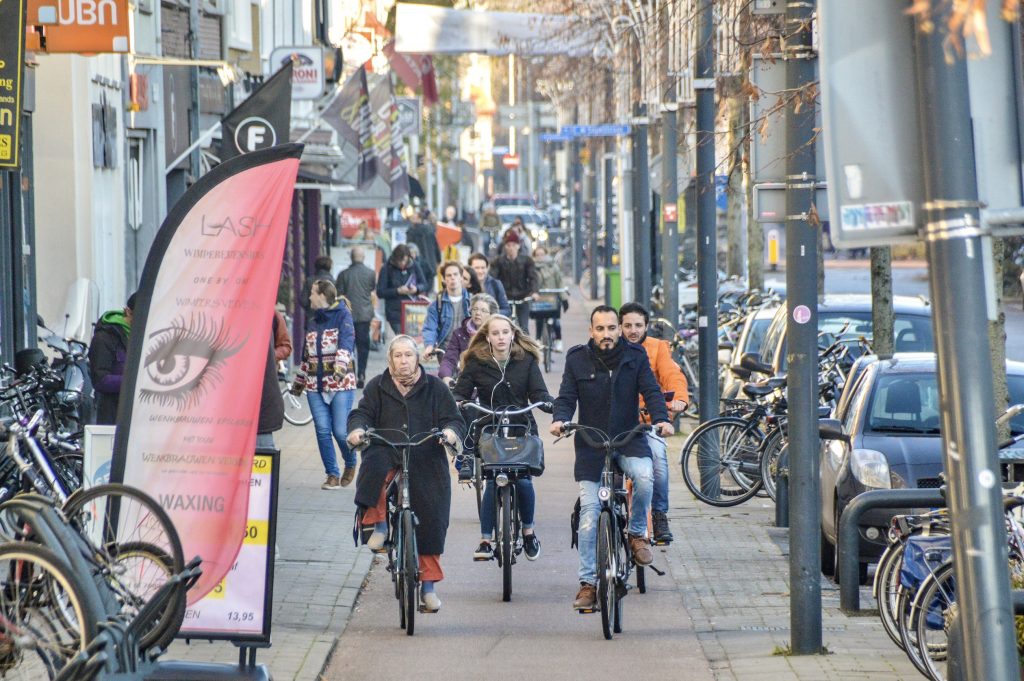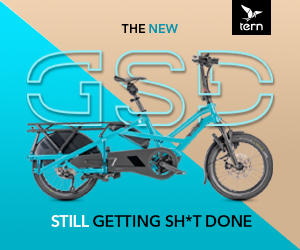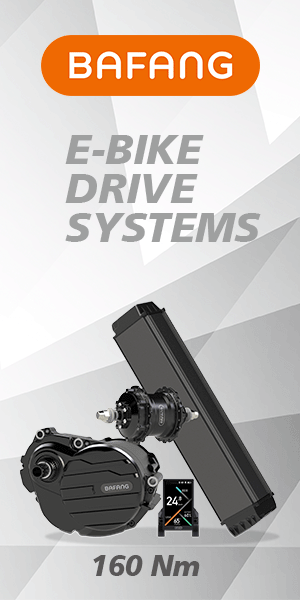• Flip Page • eNews • eSystems • eBikes • eAccessories • eAdventures • eCargo Bikes • eCities • eBike Tests • eFactory Tours • eRegulations •
Regulations for eBikes Canada, USA and Europe
October 8, 2020 - E-bikes continue to boom in growth and popularity worldwide as cycling plays a vital role as a critical mobility solution in communities and cities around the globe in response to the pandemic.
The creation of pop-up bike paths and infrastructure to accommodate more cyclists is great news for supporters and urban planners, yet suitable and uniform regulations surrounding these new vehicles have not kept pace.

Basic e-bikes are defined for the most part across Canada, the USA and Europe, but jurisdictions within each country can also implement their own rules. Beyond the basic definition, there’s a patchwork of guidelines and regulations for the wide variety of electric vehicles being produced including cargo bikes, tricycles and quadra cycles. As such, it’s best to check the guidelines and rules wherever you plan to ride.
Each respective Ministry of Transportation is the starting point for vehicles on streets and roads, and the basic definition of an e-bike falls under the Motor Vehicle Act in most jurisdictions. Pundits claim that uniform regulations, along with a micro-mobility framework, are mandatory to ensure rider safety and suitable integration into society as e-bikes continue to take the world by storm.
Canada
In Canada, a basic e-bike can have a maximum speed of 32kph with assistance from an electric motor that has a maximum size of 500 watts. Throttles are permitted and the rider must be pedalling for the power support to kick in.
Other relevant criteria such as minimum rider age, helmet type (bicycle or motorcycle), licencing requirements and maximum weight limits are governed by each province—e.g., PEI, Nova Scotia and Manitoba require licencing. Also, municipalities within each region can restrict access to specific roads or pathways, and eMTBs may not be allowed on trails managed for non-motorized activities.
While riders can go faster on an e-bike than the pedal- assisted limit of 32kph, this must be under their own power. For e-bikes that are capable of higher speeds, the regulations for mopeds and motorcycles begin to apply. But observers claim there are many gray areas that need clearer refinement, which affects enforcement as well.
USA
In the USA, e-bikes are defined and regulated at the federal level under the Consumer Product Safety Act. E-bikes are not considered motor vehicles and are subject to the same regulations as regular bicycles. However, each state has the power to set its own regulations.
An attempt to streamline regulations for basic low-speed e-bikes has resulted in a “3-class” system that has been ratified in 28 states to date. Within the remaining jurisdictions, e-bike rules remain a work in progress.
For the three classes, a maximum 750-watt motor applies, throttles are permitted and no licencing, registration or insurance is required. Class 1 e-bikes can be assisted up to 32kph while pedalling. Class 2 e-bikes are those equipped with a throttle actuated motor up to a limit of 32kph. Class 3 e-bikes can attain speeds of up to 45kph while pedalling and require a helmet.
Riders may go faster than the pedal-assisted speeds under their own power. Every jurisdiction may restrict where e-bikes, including eMTBs, are allowed.
Europe
In Europe, the term “electric bicycle” encompasses a wider range of e-vehicles. A pedal-assisted e-bike, also referred to as a pedelec, coincides with the above-mentioned basic designations. Riders may reach a speed of 25kph while pedalling with the assistance of a maximum 250-watt motor.
There are no requirements to have a licence, insurance, or to wear a helmet, although it’s recommended. These guidelines also apply to 2, 3 and 4-wheel e-vehicles. Under their own power, riders may go faster than the pedal-assisted speed, and throttles are not permitted.
Pedal-assisted e-bikes that can reach 45kph, also called S-pedelecs or speed pedelecs, have a motor limit of 4,000 watts. Regulated like mopeds, these e-bikes require both a helmet and a licence. Insurance requirements remain a gray area depending on the country. Throttles are not permitted for S-pedelecs, and local jurisdictions may restrict or limit access to both pedelecs and S-pedelecs.
In Europe, there are minimum safety standards in place for manufacturers such as Conformité Européenne (French for “European conformity”). In addition, there are attempts underway to standardize and harmonize regulations and guidelines which are managed through the European Commission.
In 2017, a detailed white paper, Rules and Regulations on Electric Cycles in the European Union, was published by Bike Europe, a trade journal for bicycles, e-bikes and scooters.
According to CityChanger CargoBike by CycleLogistics, a European Council initiative, a specific cargo bike standard by Germany’s Deutsches Institut für Normung (DIN) has been in place since the beginning of 2020. A European standard is also in the works and, along with international ISO standards, it is intended to support the safety of products.
In the USA, People for Bikes, a nationwide non-profit bicycle advocacy group, is working with the remaining states to establish a uniform framework for e-bikes, cargo bikes and usage.
Canadian initiatives include Our Greenway Conservancy that is creating mobility options for the community members and businesses in northern Toronto. The organization also spearheaded a pilot test for cargo bikes over 40kg in Toronto that was recently approved.
While a lot remains to be done to create a more uniform framework for infrastructure and guidelines, in tandem with regulations, for all stakeholders, the wheels are turning. Hopefully the efforts underway will result in the successful integration of e-bikes into communities and cities around the world.







